December 5 2025, Stefan Rieger
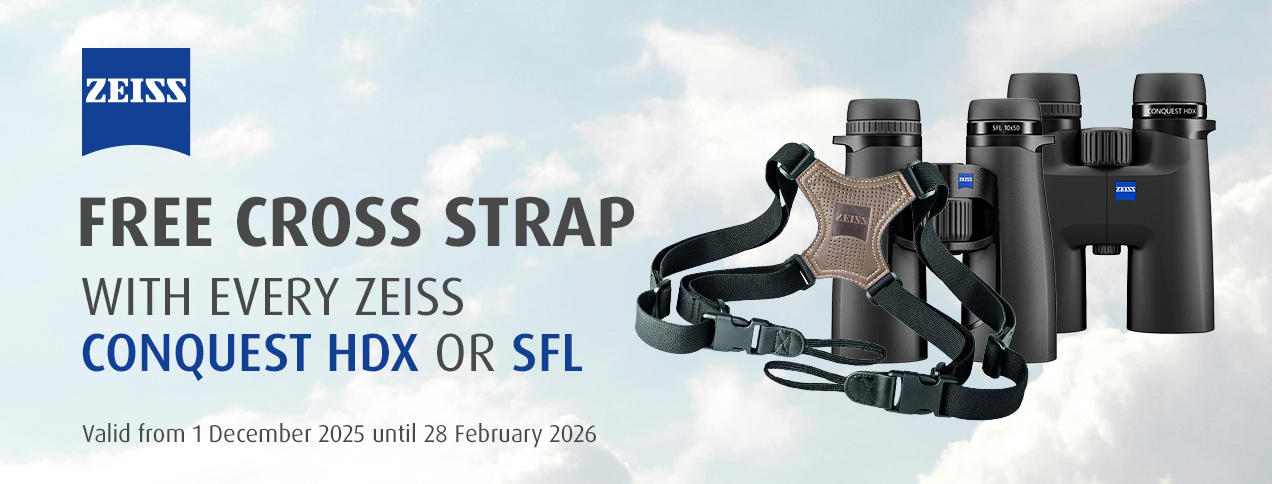
Just in time for Christmas, ZEISS has once again come up with something special for its customers. From 1 December 2025 to 28 February 2026, receive a free harness worth €50 with any purchase of binoculars from the Conquest HDX or SFL series.

Thanks to its special shape, this harness strap noticeably relieves strain on the neck muscles and makes carrying binoculars all day long comfortable.
Get yours now and enjoy the comfort of this harness.
Tags: ZEISS, Binocular, SFL, Conquest HDX, Comfort strap
Posted in Sale|Sale
»
December 5 2025, Stefan Rieger
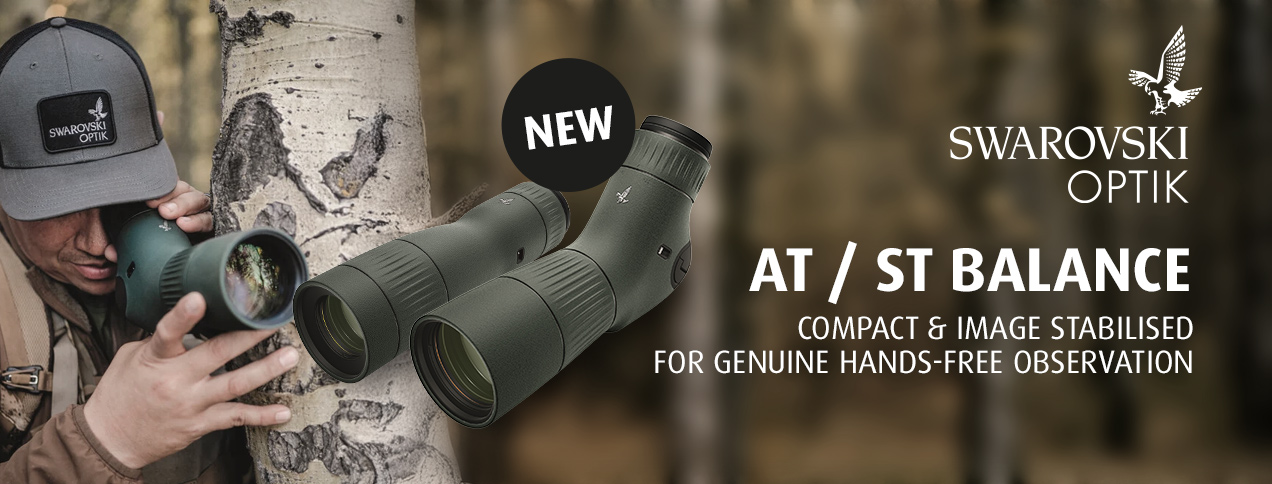
Once again Swarovski, the premium optics manufacturer from Austria, proves that it is not resting on its laurels. The latest additions to the spotting scope family are the two very compact and image-stabilised AT and ST Balance spotting scopes. The AT has a 65 mm objective lens diameter for angled viewing and 18-45x magnification. The ST Balance has a straight view and is even slightly lighter at 14-35×50.

The basic idea behind these two spotting scope models is that some nature observers have always rejected spotting scopes because of their size and the fact that you cannot observe properly without a tripod. Swarovski, as the leading European manufacturer of high-end optics, now has something to counter these two arguments. We were able to get an idea of this during a pre-launch event.
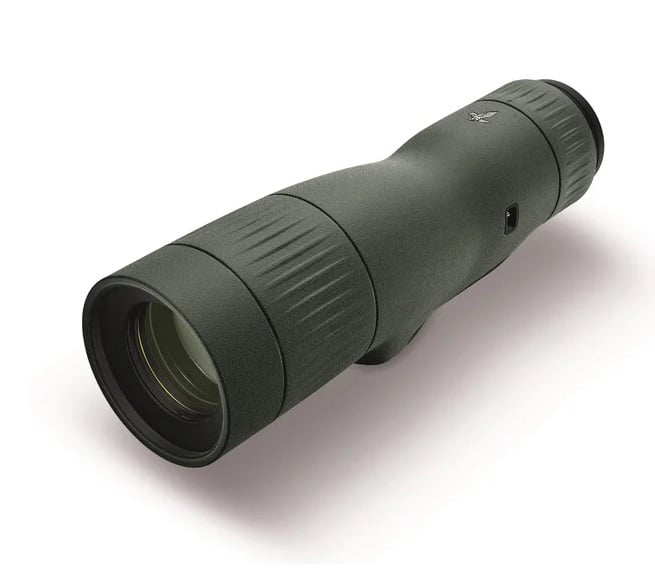
At the end of September, we tested the new product and the technology behind it on two extremely rainy days. Among other things, we were also able to observe how these spotting scopes are mounted in Absam. The next day, we went to Lake Chiemsee and were able to test the functionality of these spotting scopes and the image stabiliser both inside Herrenchiemsee Palace and on the shore.
In conclusion, we can only say: the usual excellent image quality and a very steady image when held in the hand.
Tags: Swarovski, Spotting scope, Image stabiliser, AT Balance, ST Balance
Posted in New Products|New Products
»
November 28 2025, X. Waldow

Take advantage of our special prices this weekend.
You will find all offers here: BLACK WEEKEND.
Get your deal now!
The prices are only valid from November 28th to December 1st, 2025.
Tags: Sale, black friday, Black Weekend, spotting scopes, special offers, binoculars
Posted in Sale
»
November 24 2025, X. Waldow

From November 24 to 27, it’s time to stay tuned!
Discover new, exclusive offers from the fascinating world of astronomy – for a short time only and while stocks last.
Each day brings new specials – from high-quality telescopes to practical accessories.
So check back daily and don’t miss any of the highlights of our BLACK WEEK DEALS!
Tags: black week, promotions, telescope, Sale, black friday, telescope accessoires
Posted in Sale|Sale|Sale
»
November 1 2025, Stefan Taube
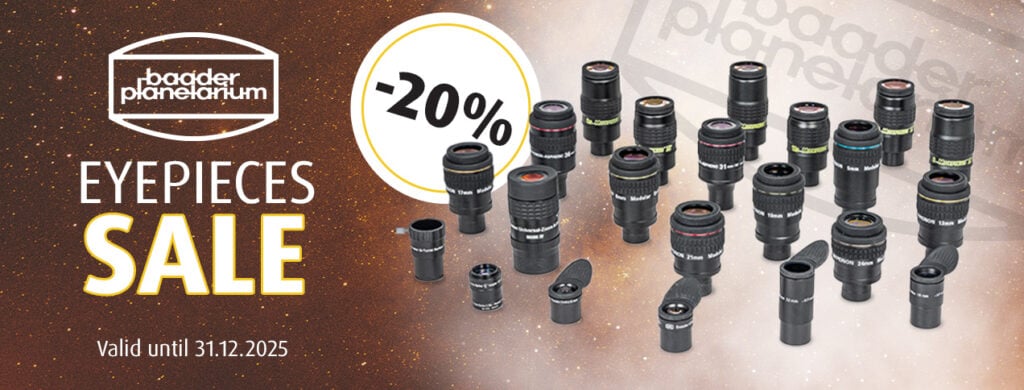
The German manufacturer Baader is currently offering its three large eyepiece series with a 20% discount! These are the eyepieces of the series
The right eyepiece for every observer:
- The Classic Ortho/Plössl eyepieces are ideal for observing the sun, moon and planets and are the first choice for beginners!
- The Hyperion eyepieces are real all-rounders with a 68° field of view and among the best selling eyepieces ever!
- The Morpheus are the latest development from Baader. They impress with a generous eye relief of around 20mm and a 76° field of view!
You can find all eyepieces here in the shop. The offer is valid only until 31 December 2025 – take advantage of it now!
Tags: Baader, Eyepiece
Posted in Sale|Sale
»
October 17 2025, X. Waldow
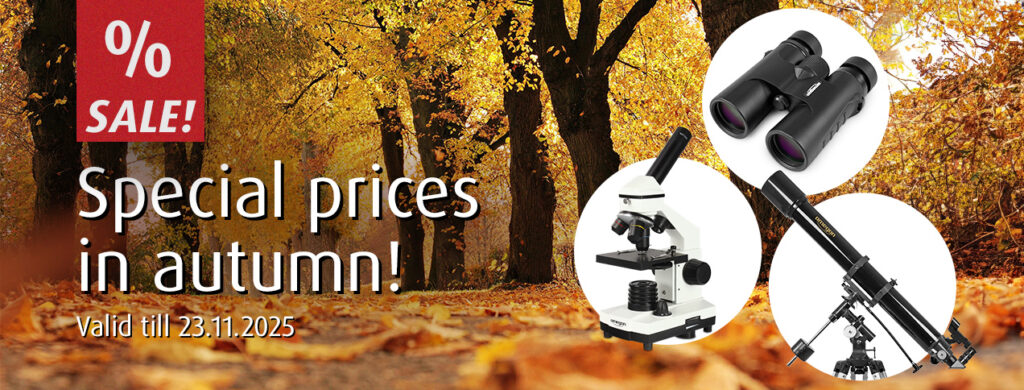
The leaves and prices are falling this autumn!
You can find our colorful selection of special offers here in the shop. Get them now!
The offer is valid from September 30th to November 23rd, 2025 and only while supplies last!
Tags: Binocular, Sale, Night Vision, spotting scopes, riflescopes
Posted in Sale
»
October 1 2025, Stefan Rieger
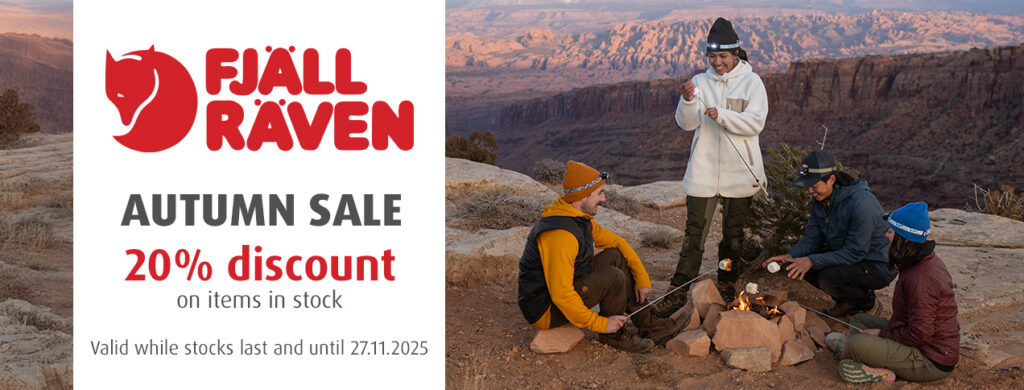
We are clearing our warehouse, so from 1 October to 27 November 2025, you will receive a 20% discount on all Fjäll Räven items in stock.
Come and take a look! But please note: this offer is only valid while stocks last and until 27 November 2025!
Tags: Clothing, Fjäll Räven, Outdoor
Posted in Sale|Sale
»
September 30 2025, Marcus Schenk

The leaves and prices are falling this autumn!
You can find our colorful selection of special offers here in the shop. Get them now!
The offer is valid from September 30rd to November 23th, 2025 and only while supplies last!
Tags: Sale
Posted in Sale|Sale|Sale
»
August 14 2025, Maximilian Weißenbach

Bring the classroom experience home! For a short time, Levenhuk is lowering the price of the LabZZ and Rainbow 2L microscope series.
Act fast – offer valid until September 7, 2025!
Tags: Levenhuk, Rainbow 2L, LabZZ, Mikroskopie
Posted in
»
August 13 2025, Stefan Rieger
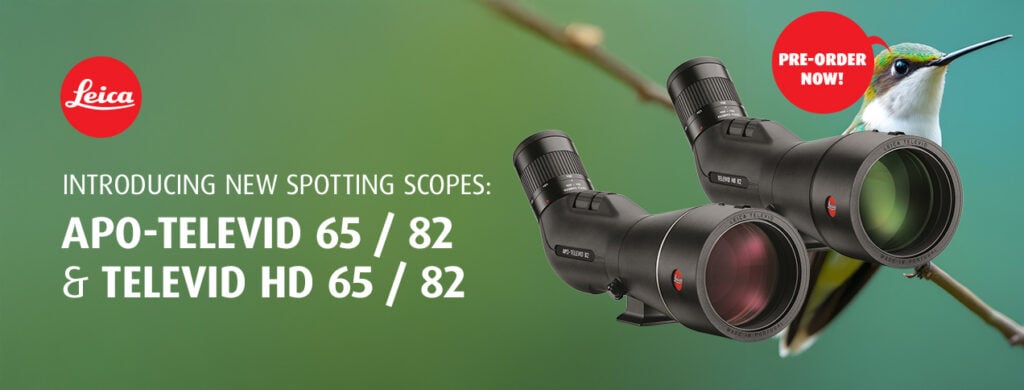
At the Global Birdfair, Leica the optics specialist from Wetzlar not only presented a new spotting scope. No, two new spotting scope series, each with two objective lens diameters, were presented.
The new APO-Televid 2025 is available with 65mm and 82mm objective lens diameters. Either individually or as a set with the popular 25-50x wide-angle zoom eyepiece. The most important new feature is the improved optics with apochromatic correction and High Lux Pro (HLP) system. Proven dual focus, magnesium housing with full rubber armouring and 5m waterproofness with Aqua-Dura coating.
This revised spotting scope model is complemented by the more affordable Televid HD. Leica combines this in a set with the new 20-60x zoom eyepiece. The sacrifice of maximum quality is of course reflected in the purchase price. Leica has also introduced a range of new accessories, such as a stay-on-case. A new tripod set, which was developed in collaboration with Leofoto, and new smartphone adapters.
These are the new sets:
But it’s best to compare for yourself and get one of the first examples right away!
Tags: Leica, APO-Televid, birdwatching, spotting scopes, hunting, Nature Watching, Televid HD
Posted in New Products|New Products
»













